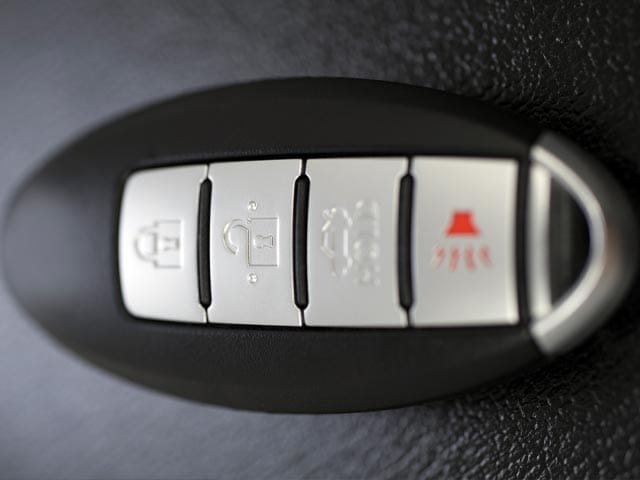Prototype Testing: When It Applies and How It Works

By Engaged Expert
Stephen TaitStephen Tait has over 19 years' experience in testing and certification of telecoms products
For most manufacturers, prototype testing represents a quick and easy route to compliance. Being able to perform compliance checks and quality testing before the full-scale completion of a product line not only saves time and money, but also helps cut down time to market. But, how do you know if it is an asset or a liability?
While some products are more suited to prototype testing than others, the decision of how to test ultimately depends on the requirements of the certification program. However, there are a few things manufacturers can do to determine if prototype testing will benefit them, and how to get the most out of their program overall.
Is prototype testing allowed in my test program?
Before you start developing your test program, it is imperative to make sure that you understand the test requirements, including product design factors. Some important things to consider include required test modes, type of compliance program, and market discrepancies.
Required test modes: Some test programs require products to be operating in different modes during testing; if prototype testing is an option, the sample must be fully operational before the program starts.
Type of compliance program: Prototype testing may not be available depending on the type of compliance being sought. Some programs, such as CE marking or FCC certification, may require testing of the final product only.
Market discrepancies: For manufacturers looking to certify their products for multiple markets, it is important to check that prototype testing is accepted for each applicable program. If certification programs differ on sample type between markets, it may be better to use conventional testing.
How does prototype testing work?
Prototype testing allows certification to effectively become part of the design process, allowing manufacturers to discover flaws and eliminate any potential issues before a product reaches final development.
While the testing process is the same as conventional testing, there are additional factors to consider before starting a test program.
Will my final product be different from the prototype?
If significant alterations still need to be made to the final product, or if there will be any changes in functionality or usage, prototype testing may not be accepted.
What if redesigns are necessary?
One of the main benefits of prototype design is that redesigns are faster and less costly. Since the product hasn’t been finalized, any necessary modifications can be discovered before a full product roll-out.
Ultimately, prototype testing is a viable option for products and programs. Knowing when it is available and how best to leverage it can add value to testing by decreasing cost and time to market and aiding in final product design. For more information about prototyping, including when it applies and how to use it, speak to an expert today.
Find related Resources
Related Services

Product Qualification Testing Services
Find out how Element provides critical compliance, reliability and qualification testing to clients in Aerospace, Transportation, Energy and more.

Radio Certifications
Element offers wireless and radio certification services for FCC for USA, ISED for Canada, CE marking for Europe and MIC for Japan.

Wireless Coexistence Testing
Our wireless coexistence testing programs evaluate how wireless medical devices and other sensitive equipment interact and perform with other electrical and radio equipment.

CE Marking, RED, and Type Approval of Radio Products Used in Vehicles
Download our free guide to aid a harmonized approach to Vehicle Type Approval.

